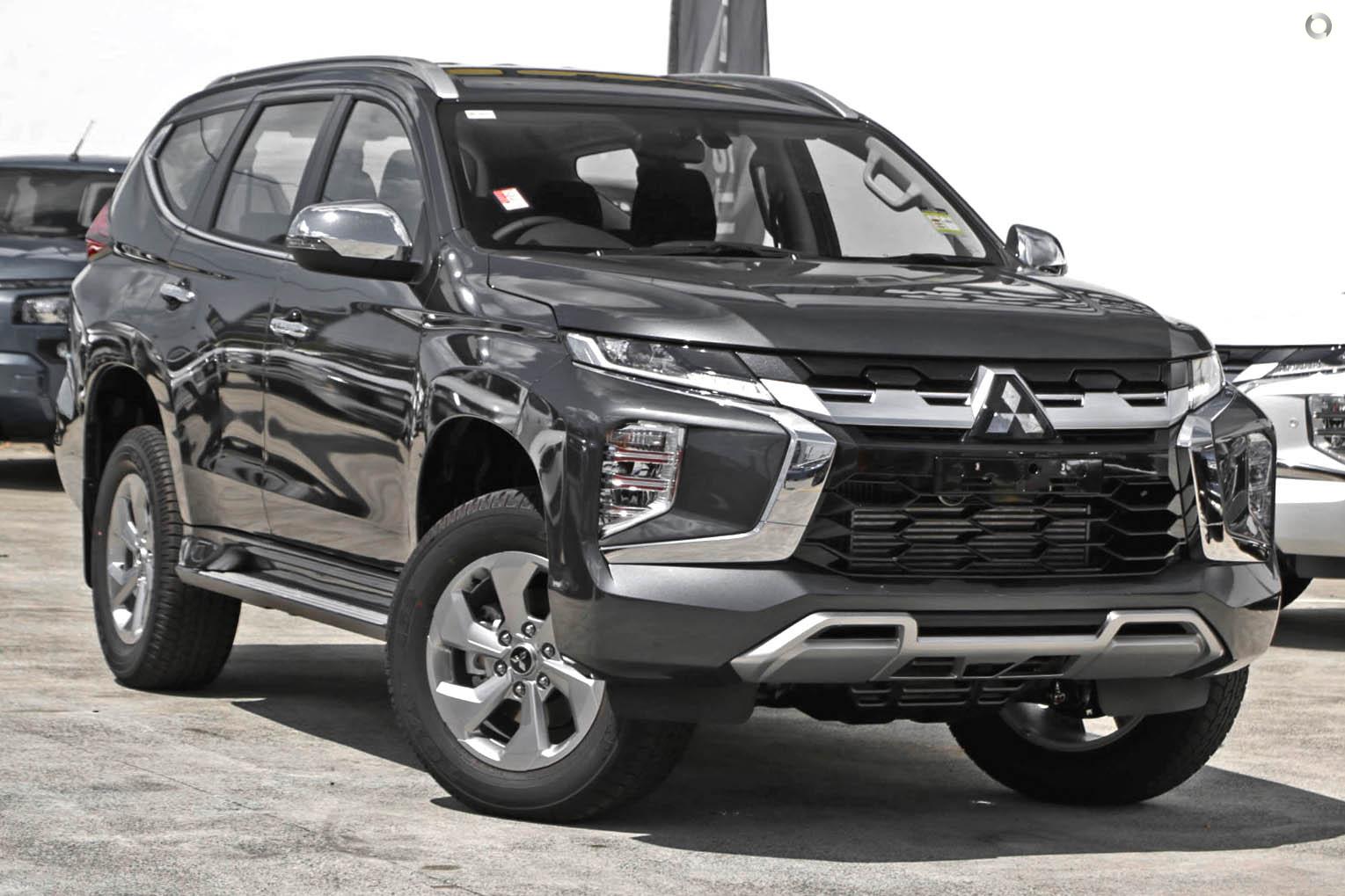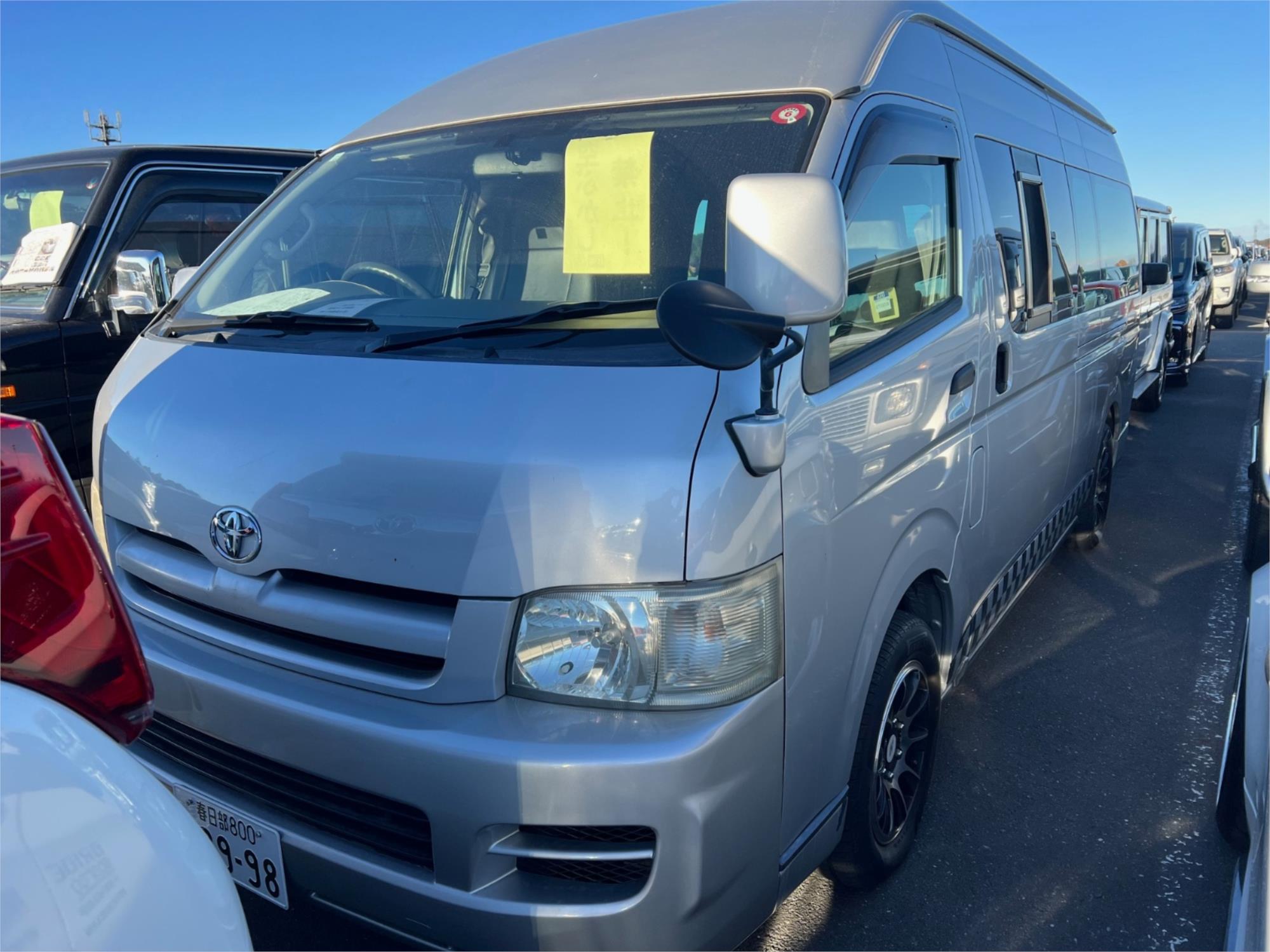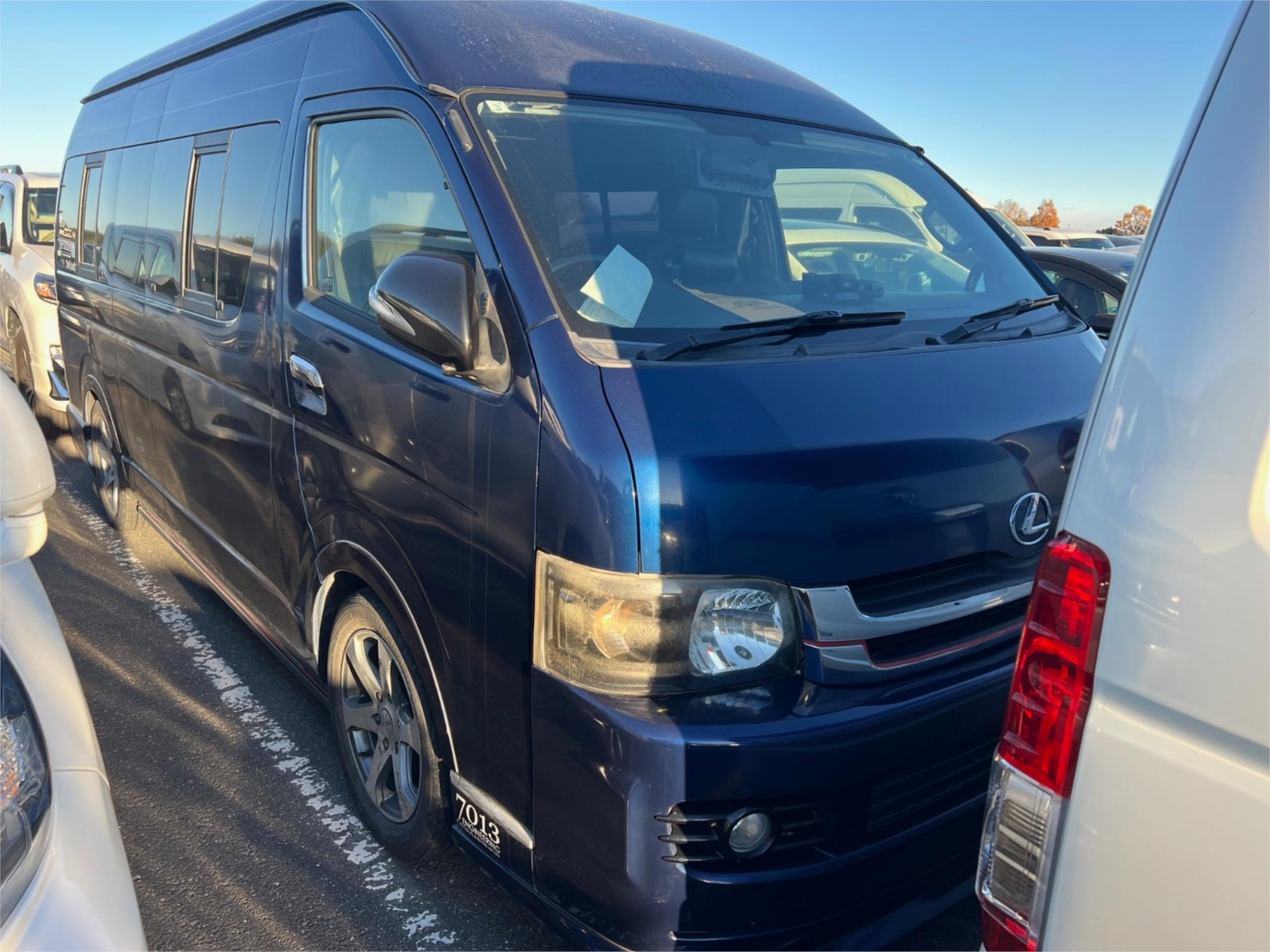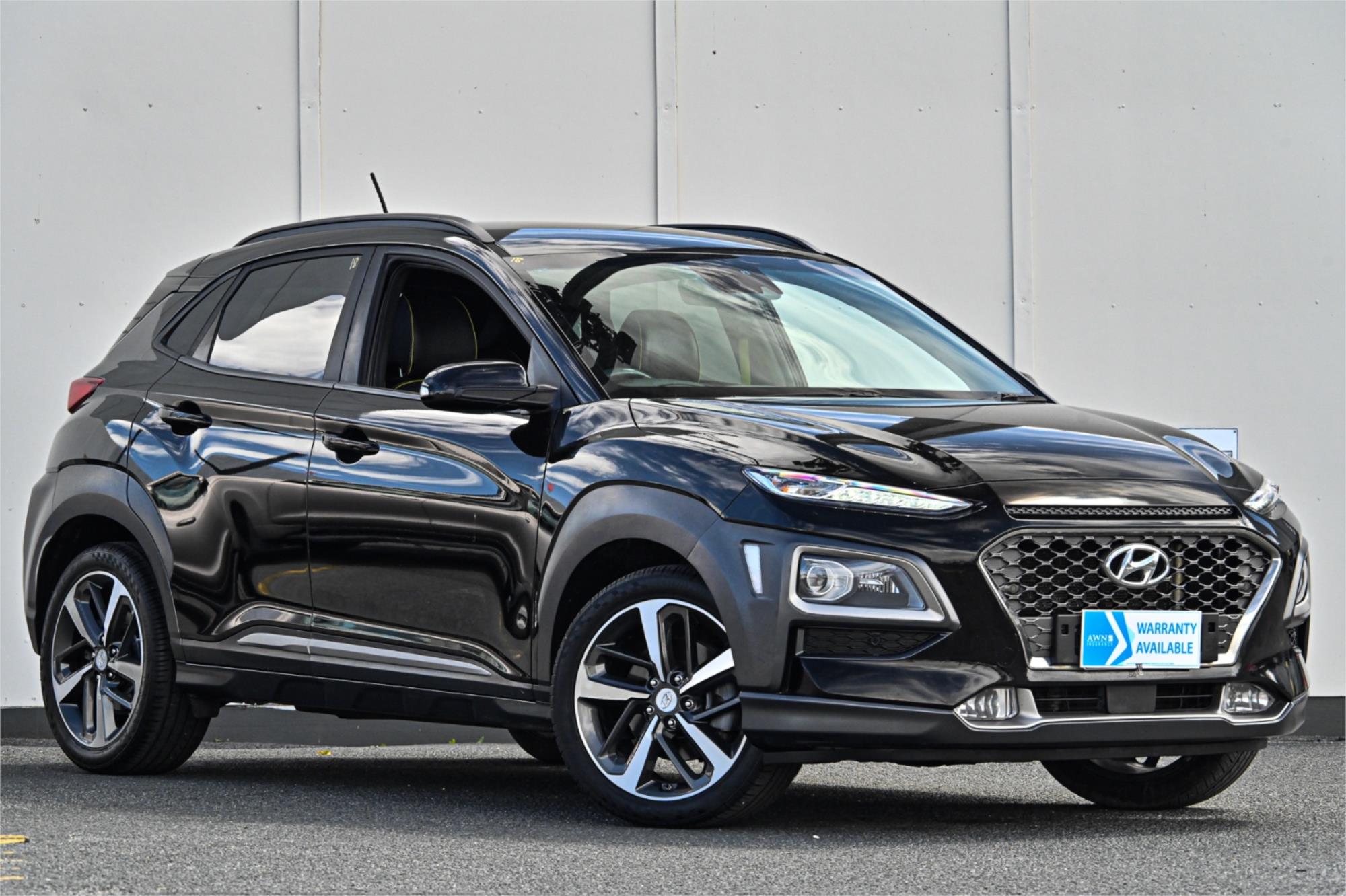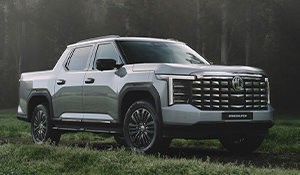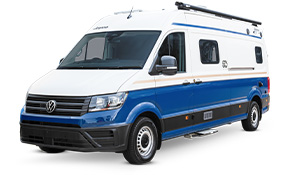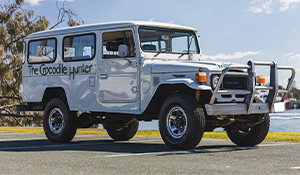How to Choose the Right Caravan: Part 1
CARAVAN BUYERS TIPS:
If you're considering taking time to explore what Australia has to offer, then buying your own caravan is a great option. But when you look at the size and extent of the range, it's easy to get a bit confused. But fear not! We have put together a comprehensive list of questions and answers to help guide your decision making.
Question 1: What do you intend to do with it?
Don't just think about the first trip, plan forward a couple of years. Will your caravan be mainly used for weekend escapes to a favourite getaway destination? Is it for family holidays with the kids? Is it for the fulfilment of a life long dream - the trip around Australia that may take months or even years to complete? Or have you perhaps decided to adopt an itinerant lifestyle and make the caravan your only home? The purpose will determine your caravan's size and configuration, its layout and the extent of its fittings. The amount of travel will determine how important features such as independent rear suspension and off-road capability will be to your new van.
Question 2: How are you going to tow the caravan?
Unless you are in the enviable position of purchasing the caravan first and the vehicle to suit it, you need check the tow capacity of your current vehicle as this will set a 'maximum' weight for your dream van.
Question 3: Big or small? (Yes, size matters)
If you want complete independence and you're comfortable towing a long wheel base caravan, then a large, luxury caravan with separate bedroom, shower and toilet are a delight. Alternatively, if you prefer the idea of travelling light, the convenience of towing a short wheel base caravan - a small caravan is a good, cheaper option. The trade off is simply the share of facilities at local caravan and holiday parks - don't forget that bumping into like minded travellers at the local holiday park can be a highlight of the trip!
Question 4: What about Pop-Tops and Camper Trailers?
The 'pop-top' caravan, with its fold-down roof section, is proving to be one of the most innovative small to medium size caravan styles. Pop-ups are ideal if you want to store your caravan under a carport or in your garage when not in use - no need to construct special high roofline carports! The low profile of the pop-top and camper trailer when closed also offers the advantage of less wind resistance and better fuel economy when towing. The alternative choice of a camper trailer, with a wind-up canvas upper section and extendable sleeping accommodation on each side, is a great one for families with children.
Question 5: Buy New or Used?
In simple terms, new caravans offer all the benefits, safety features and comforts of recent design advancements, including independent rear suspension and durable, lightweight construction material. Buying new also gives you the choice to 'custom-build' the layout of your caravan to your needs and desires! If you choose to buy a used caravan always buy from a licenced dealer. This is the only way to guarantee clear title on the unit you are buying. Licenced dealers do many exhaustive checks to ensure that the units they are selling are in fact not stolen (and often re-identified) or encumbered (ie. they don't have any money owing on them).
YOU 'WISH' & YOU 'NEED': PREPARING TO BUY THE RIGHT CARAVAN:
Before you set off to the showrooms take time to answer these questions and take them along to a dealer:
_ List everything you want in the caravan then classify them into "You Wish" & "you Need"
_ Where do you plan to go in your caravan in the next two years? (Calculate how many trips and total distance)
_ Where will you store the caravan? (Calculate the maximum height restriction)
_ What is the towing capacity of your vehicle? (Match the caravan to your car)
_ How much space do you need inside?
_ What is more important: the comforts of home or economy of light travel?
Size of the Caravan
The most popular size for today's vans range between 11ft and 24ft (note the use of imperial measurements - the caravan industry continues to cater for those who have a built-in resistance to metric!) Anything smaller is not particularly comfortable for more than one person, and anything larger becomes a towing challenge that will take much of the fun out of caravanning. Generally, the smaller the van the easier the towing. Of course the shape, height and weight of the van will also influence towing performance. Today's slimline, lightweight and low profile models are a complete contrast to the lumbering wheeled pagodas of bygone years. If you can afford the right type of towing vehicle and have no qualms about towing a larger van, it's a delight to own a luxury home on wheels complete with its own en-suite, flushing toilet, and running water, separate bedroom and full sized kitchen. On the other hand there are very many people enjoying long-distance touring in small caravans - it's just a matter of how few personal possessions you need to take along on the trip. Travelling light has its own rewards.
Pop-tops and Camper Trailers
The development and subsequent improvements to the 'pop-top' caravan, with its fold-down reef section, have solved several problems which might once have discouraged people from buying a van. If you prefer - or are obliged - to store your van under a carport or in a low roofed garage when not in use, the pop-top with a height of less than 7ft when closed is the type you need.
It should be remembered that pop-tops are only available in small and medium sizes. A pop-top of 17ft or over is a rarity, since the larger the roof is the more unwieldy it is to raise and lower. The task of raising and lowering however, is very much easier in modern pop-tops, usually aided by gas-filled struts and the addition of retractable 'easy-lift' handles inside to provide grip and leverage.
Pop-top owners who spend much time in the tropics praise the superior ventilation afforded by the canvas upper wall section with its zippered flaps that open to let in cooling breezes. The low profile of the pop-top when closed also offers the advantage of less wind resistance when towing, giving marginally greater economy as well as better performance.
The choice of a camper trailer, with a wind-up canvas upper section and extendable sleeping accommodation on each side, is often made for the wrong reasons.
Older couples may buy a trailer for its easy towing characteristics, but forget that one of the greatest pleasures of the touring caravanner - the ability to pull up at any time of the day for a cup of tea and a cap nap - will be denied them unless they're prepared to go through the process every time. For families with young children however, the camper trailer is one of the world's greatest inventions. The ability to fit numerous beds into a small towing package, the relatively low cost of the unit compared with that of a full sized caravan, and the trailer's economy all appeal to the younger buyers who make up a large percentage of this market.
Frame and Axle Questions
The old argument about whether a wooden frame is better than an aluminium one still persists in some areas. The fact is that it doesn't really matter. But the signs are already clear that aluminium is likely to be the material of the future as softwoods become scarcer and costlier and more responsible ecological practices prevail. Prospective buyers can often be confused about the number of axles that it's best to have. This is not really a matter of choice. The provision of two axles instead of one applies when vans reach a certain size and it becomes imperative, for safety reasons, to share the weight between four wheels instead of two. You won't often find many tandem axles fitted to vans of less than 16ft, and only rarely will you come across a single axle model of 17ft or more.
Continued in PART 2
Courtesy Caravan, RV & Accommodation Industry of Australia






